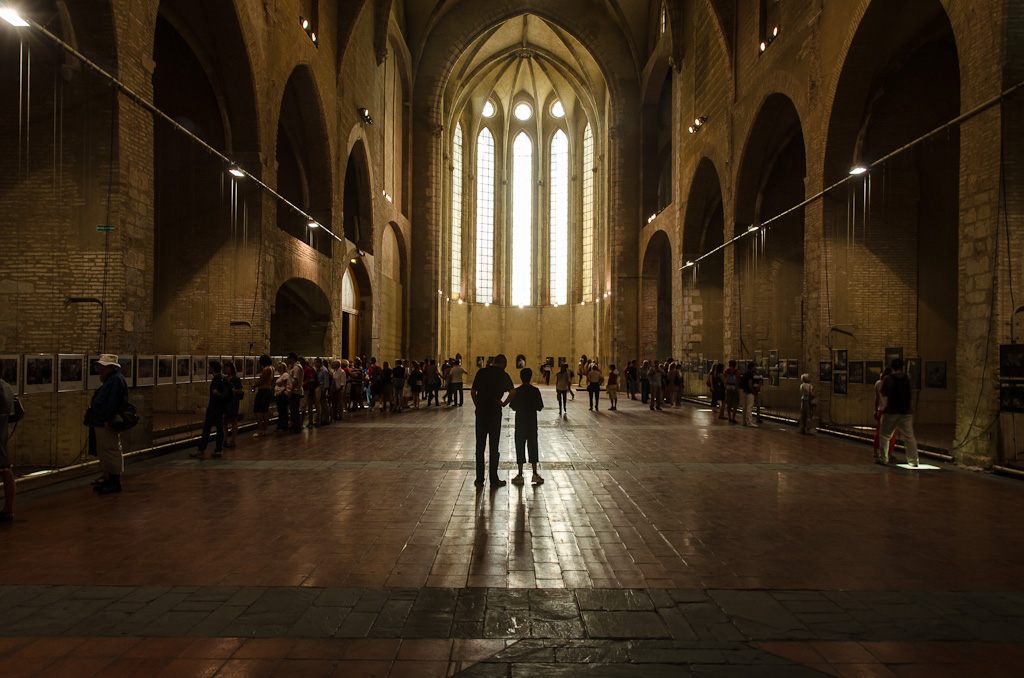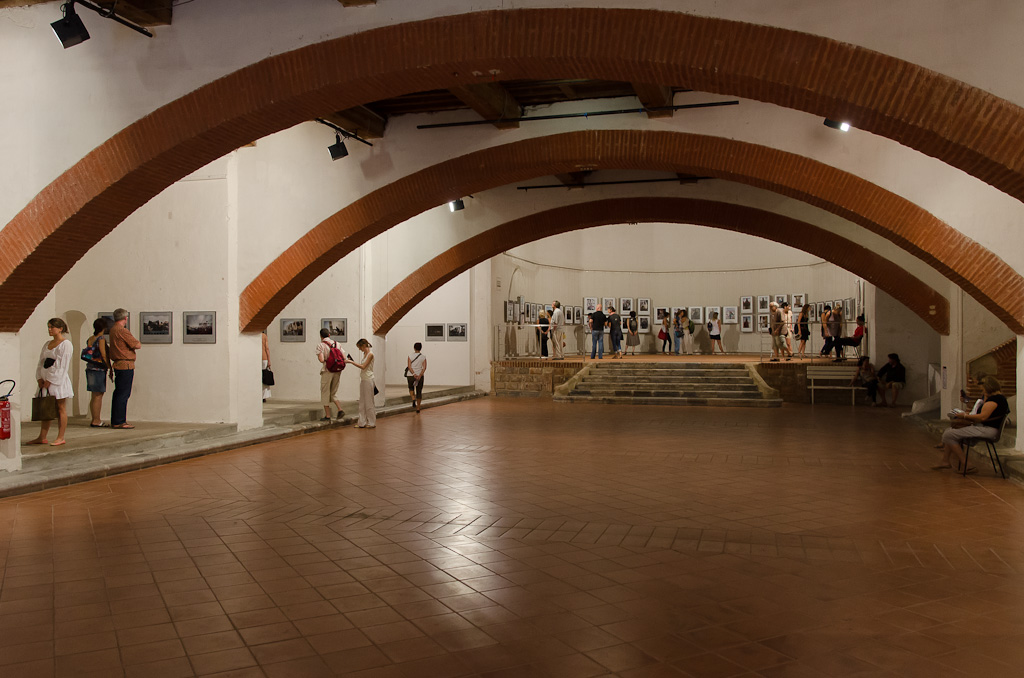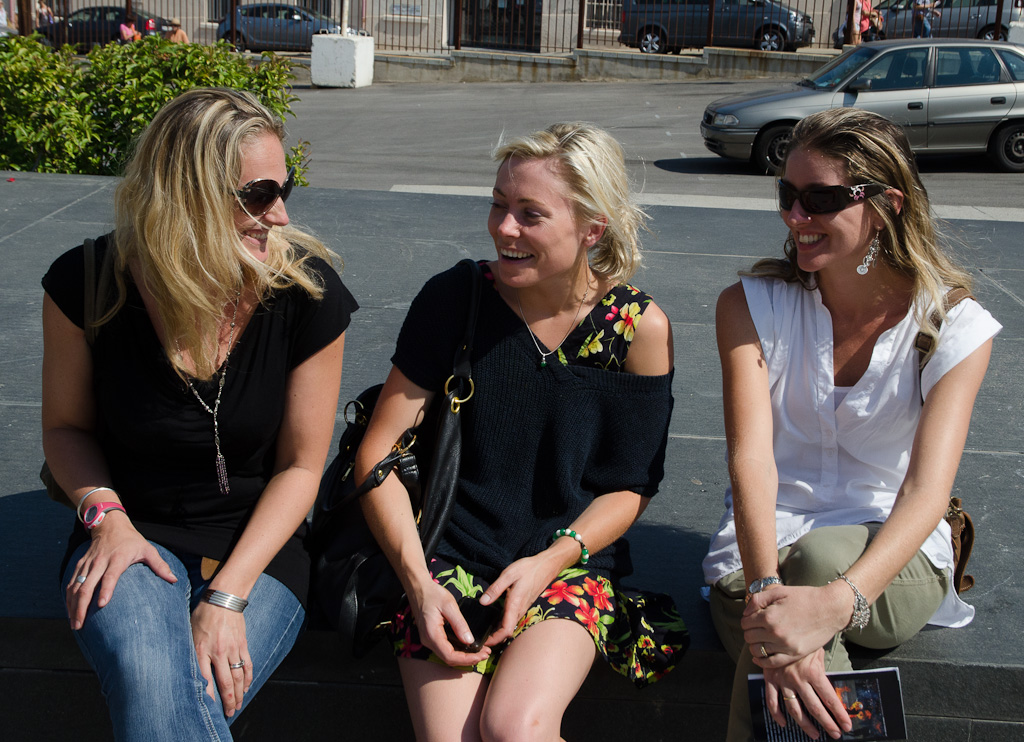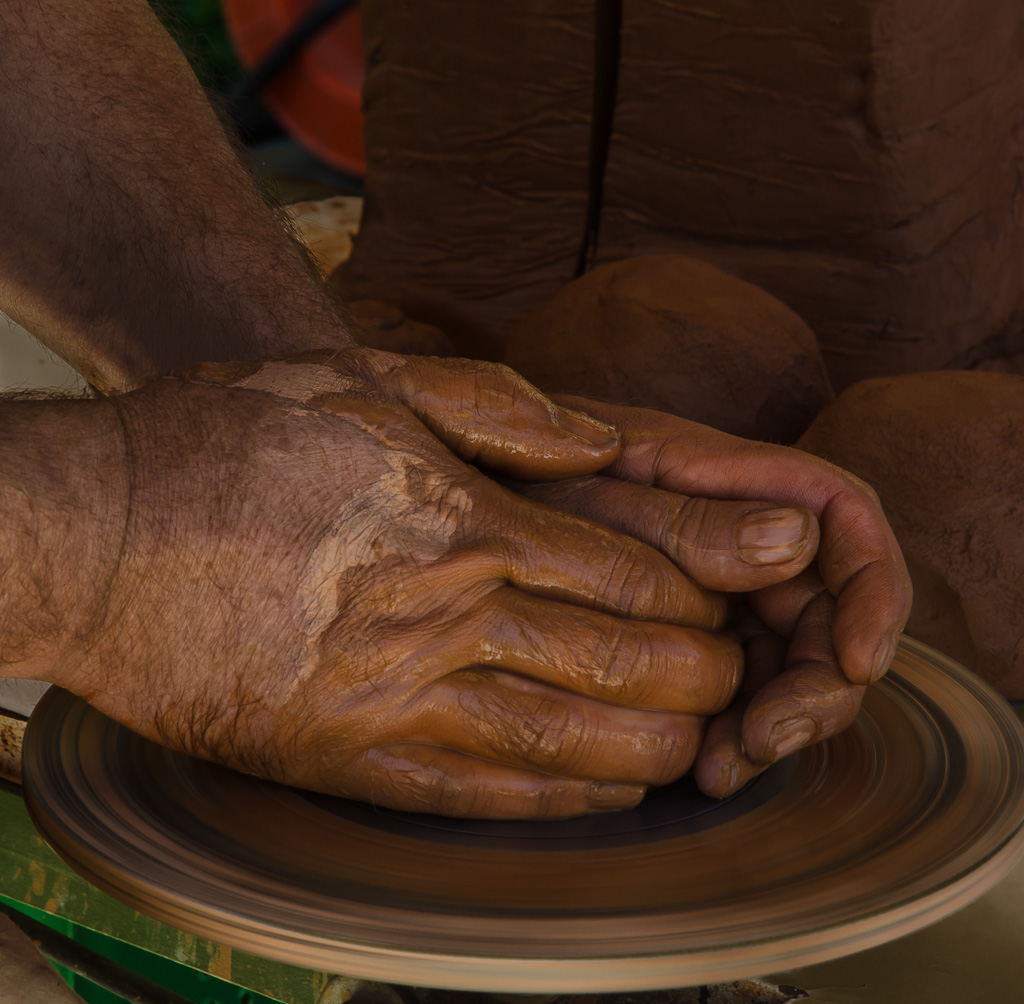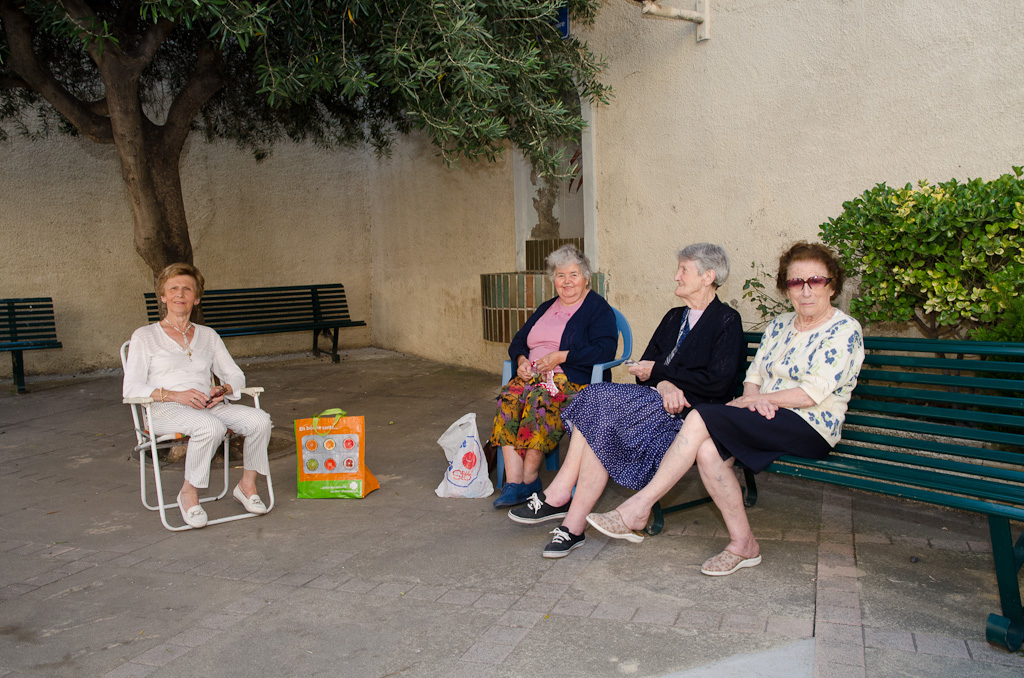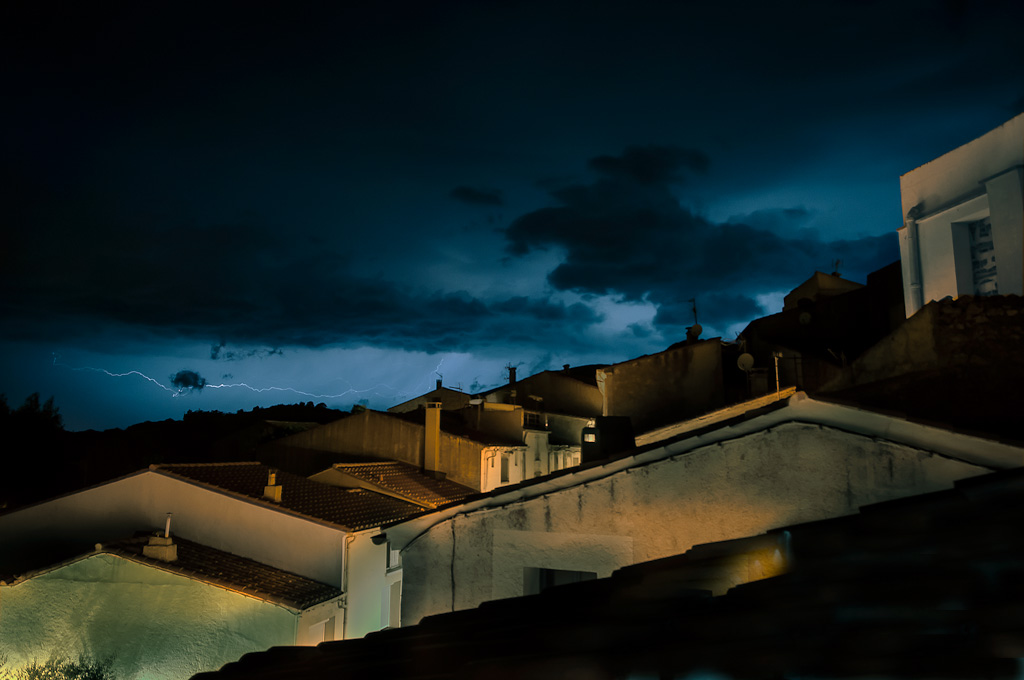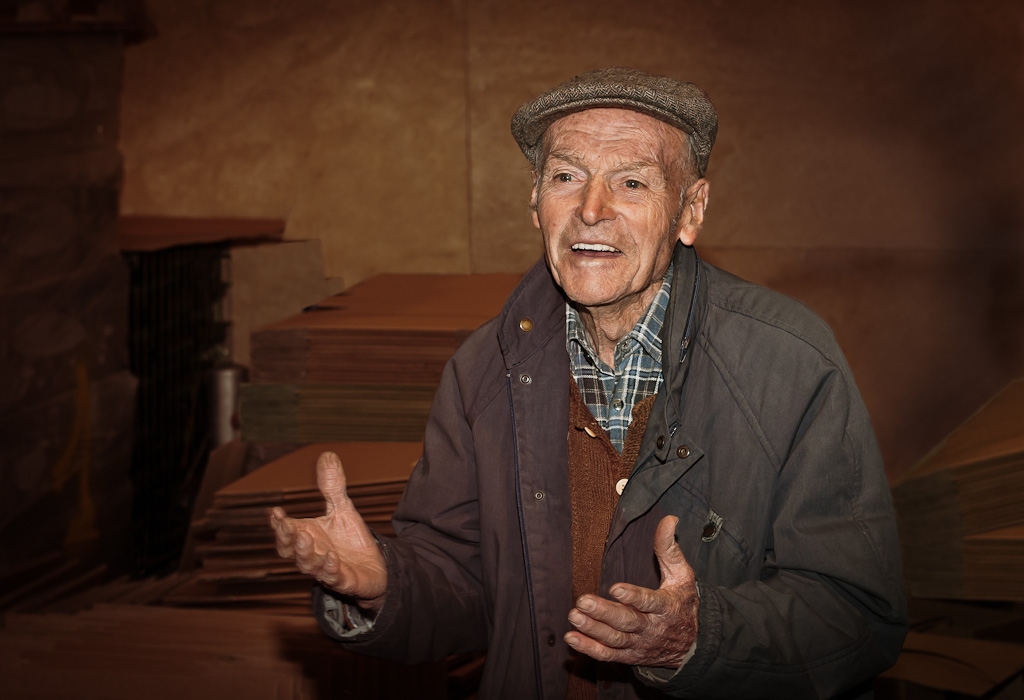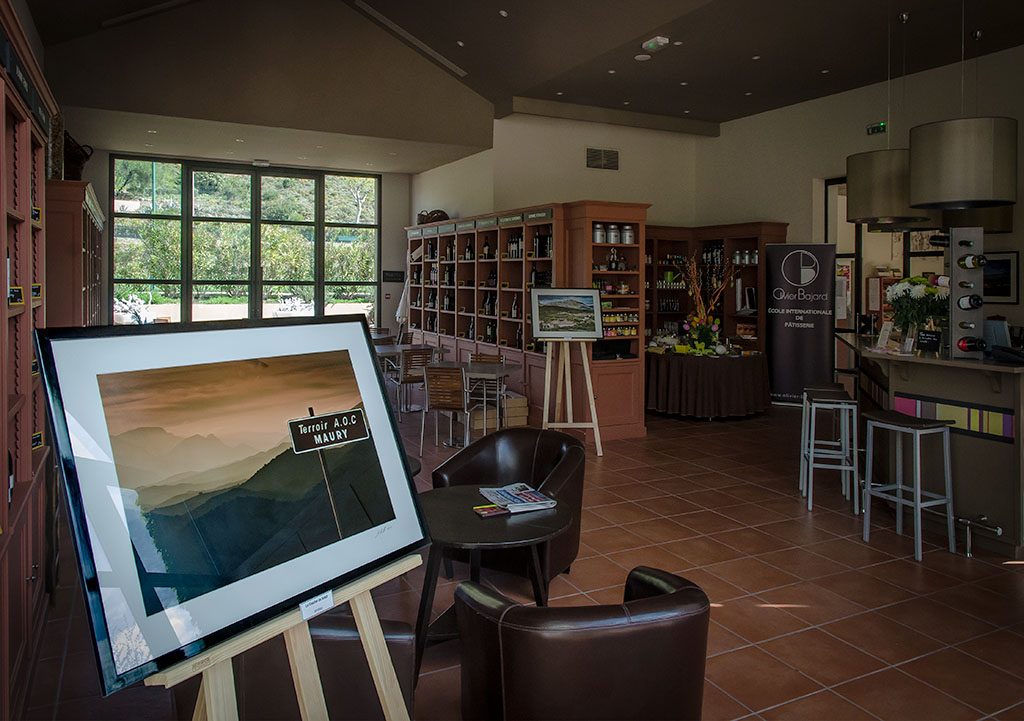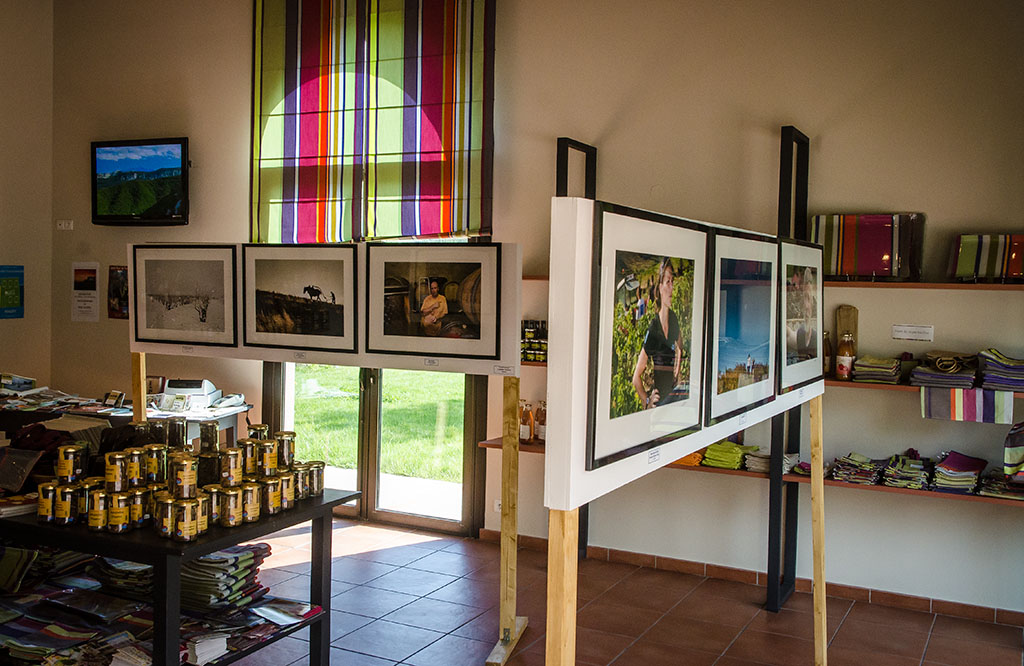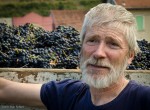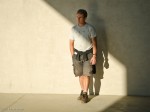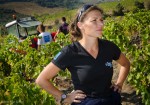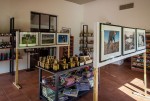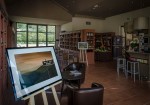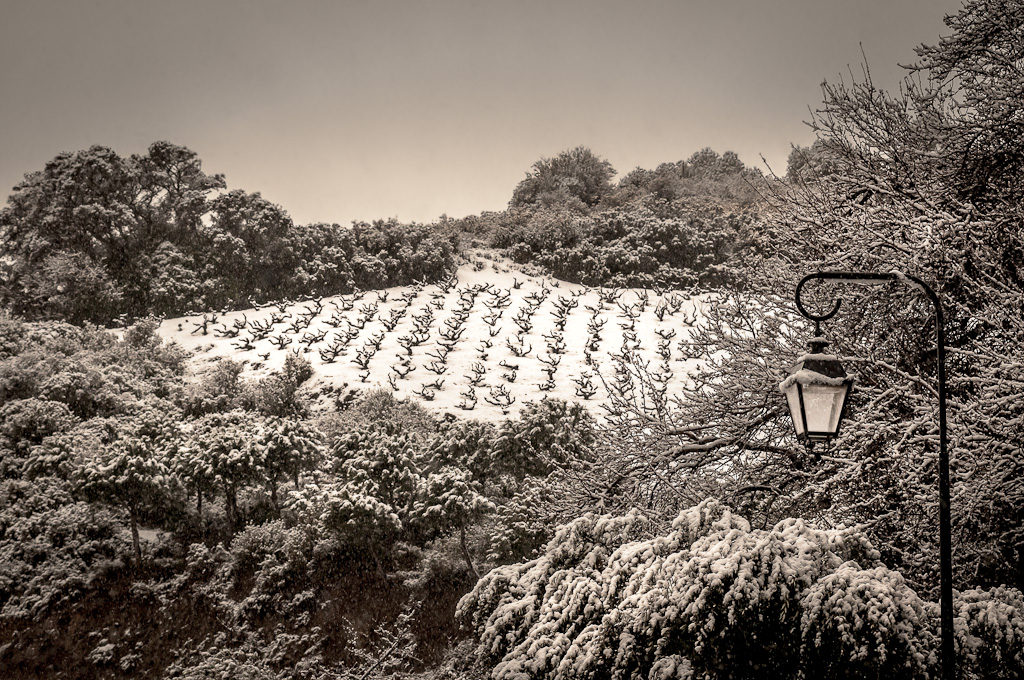After many years as a photographer, adapting to the process of writing novels is very much about adjusting the pace of creativity. Photographs record moments, miniscule fragments of time measured in fractions of a second. The creative process may be much longer and may involve such things as travel, research, rearranging the furniture, image processing, editing, sequencing, and printing. But the critical act of framing the subject and releasing the shutter is brief and fleeting. The expression of a portrait subject or the light on a landscape is a momentary thing and capturing that moment is the essence of photographic creativity.
The final product may take months or even years to complete, but that process is usually just a matter of repeating the critical moments of creativity in different circumstances.
Writing fiction is a whole different ballgame, one that involves retraining the brain to accommodate a much longer creative process. Think about stretching that fraction of a second out to the time it takes to write a three hundred page novel; it takes endurance, dedication, and discipline in the face of great odds against success, whether critical or commercial.
I write every day because that’s what it takes for me to maintain the creative process long enough to finish a book. Sure, there are days I accomplish little. I’ve learned to accept them and try to use those days for reading related to my current project. And I adjust my work schedule to accommodate other interests, especially when the Giants are playing.
I try to keep in mind that I may be an accomplished photographer but I’m a novice writer. I’m working on my second novel, while continuing to revise and rewrite the first. These incremental changes take time: some changes necessitate others, and flaws missed on the fifth draft may not be obvious until the tenth. The process makes me feel like a manuscript is never finished. It is, I guess, like a photographer’s portfolio: it may never be perfect, but at some point you have to go out and show it to the people you want to work for. Where I once called on magazine picture editors, now I’m searching for a literary agent. Every industry has its gatekeepers.
I like the task of learning something new, but I’m surprised that I seem to have lost interest in photography so quickly. Earlier this year I was in Paris, a city that has never failed to engage my eye, until now. I passed days at a time without shooting anything, although I did keep a journal. Last week I went to Lake Tahoe with my friend, Tom. It was beautiful. I shot little, more with an iPhone than a Nikon.
In this era of instant and constant communication, of disruption and sharing, I have taken up a practice that is slow, solitary, traditional, and personal. I like it.






